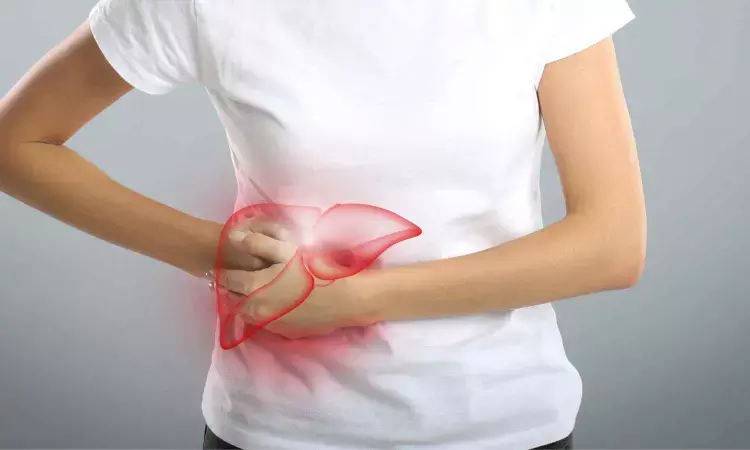- Home
- Medical news & Guidelines
- Anesthesiology
- Cardiology and CTVS
- Critical Care
- Dentistry
- Dermatology
- Diabetes and Endocrinology
- ENT
- Gastroenterology
- Medicine
- Nephrology
- Neurology
- Obstretics-Gynaecology
- Oncology
- Ophthalmology
- Orthopaedics
- Pediatrics-Neonatology
- Psychiatry
- Pulmonology
- Radiology
- Surgery
- Urology
- Laboratory Medicine
- Diet
- Nursing
- Paramedical
- Physiotherapy
- Health news
- Fact Check
- Bone Health Fact Check
- Brain Health Fact Check
- Cancer Related Fact Check
- Child Care Fact Check
- Dental and oral health fact check
- Diabetes and metabolic health fact check
- Diet and Nutrition Fact Check
- Eye and ENT Care Fact Check
- Fitness fact check
- Gut health fact check
- Heart health fact check
- Kidney health fact check
- Medical education fact check
- Men's health fact check
- Respiratory fact check
- Skin and hair care fact check
- Vaccine and Immunization fact check
- Women's health fact check
- AYUSH
- State News
- Andaman and Nicobar Islands
- Andhra Pradesh
- Arunachal Pradesh
- Assam
- Bihar
- Chandigarh
- Chattisgarh
- Dadra and Nagar Haveli
- Daman and Diu
- Delhi
- Goa
- Gujarat
- Haryana
- Himachal Pradesh
- Jammu & Kashmir
- Jharkhand
- Karnataka
- Kerala
- Ladakh
- Lakshadweep
- Madhya Pradesh
- Maharashtra
- Manipur
- Meghalaya
- Mizoram
- Nagaland
- Odisha
- Puducherry
- Punjab
- Rajasthan
- Sikkim
- Tamil Nadu
- Telangana
- Tripura
- Uttar Pradesh
- Uttrakhand
- West Bengal
- Medical Education
- Industry
Multifactorial Risk Control Lowers Liver Disease Burden in Type 2 Diabetes, Study Shows

China: Patients with type 2 diabetes (T2D) face a substantially higher risk of developing severe metabolic dysfunction-associated steatotic liver disease (MASLD) and major adverse liver outcomes (MALO). However, this risk can be significantly reduced when multiple lifestyle and clinical factors are simultaneously controlled, a large prospective cohort study published in BMJ Open Diabetes Research & Care has revealed.
- During the study, 519 participants with diabetes (3.9%) and 2,718 without diabetes (0.9%) developed severe MASLD.
- Individuals with type 2 diabetes had nearly a fourfold higher risk of severe MASLD compared to those without diabetes (hazard ratio 3.93).
- The excess risk decreased progressively with a greater number of well-controlled risk factors.
- Participants with zero to two controlled risk factors had a 5.4-fold higher risk, while those with seven to nine controlled factors had a reduced excess risk of 2.6-fold.
- A similar pattern was observed for major adverse liver outcomes (MALO), highlighting the protective effect of multifactorial control.
Dr Kamal Kant Kohli-MBBS, DTCD- a chest specialist with more than 30 years of practice and a flair for writing clinical articles, Dr Kamal Kant Kohli joined Medical Dialogues as a Chief Editor of Medical News. Besides writing articles, as an editor, he proofreads and verifies all the medical content published on Medical Dialogues including those coming from journals, studies,medical conferences,guidelines etc. Email: drkohli@medicaldialogues.in. Contact no. 011-43720751


